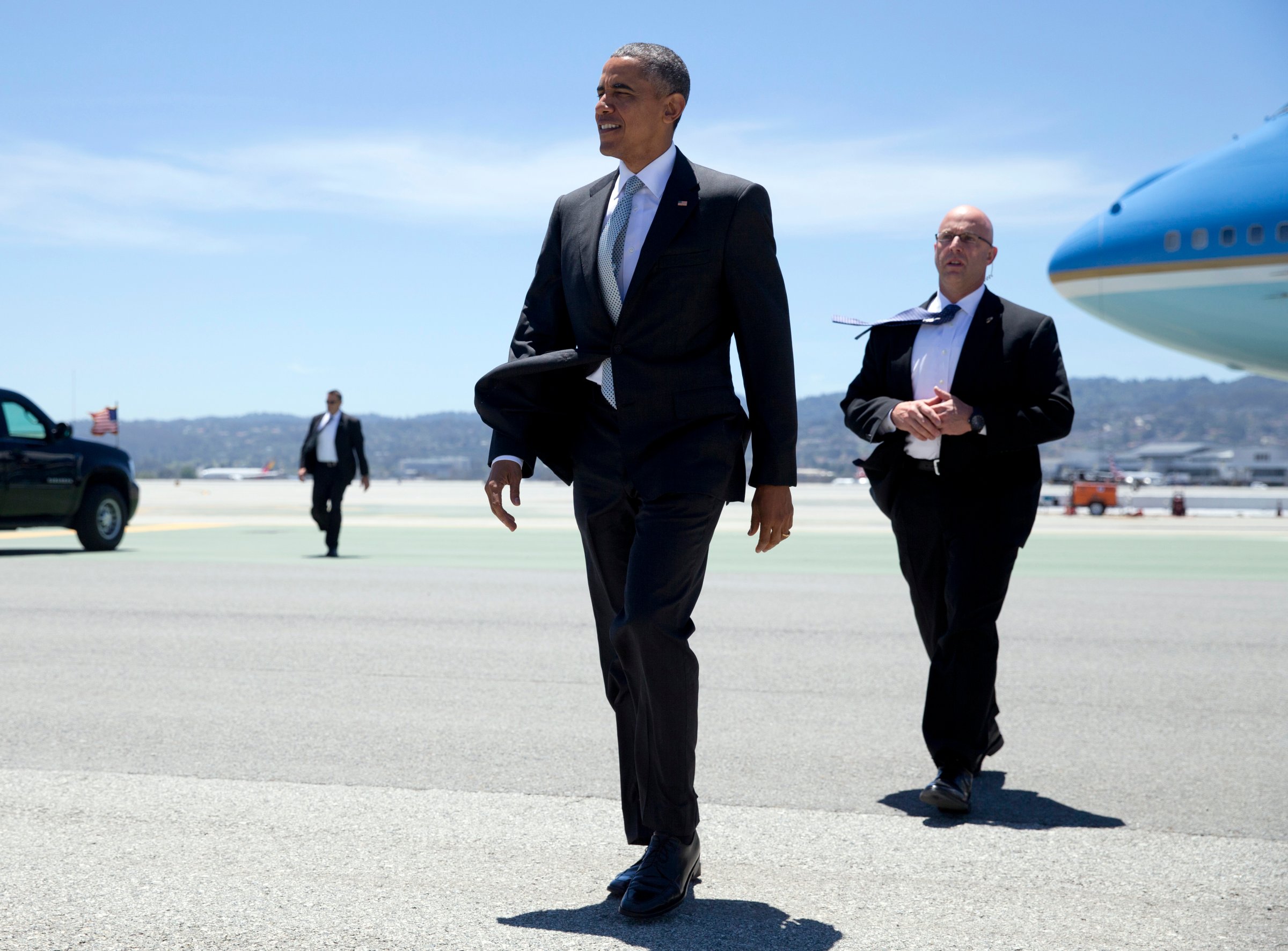
President Obama will golf Saturday on a lush, green course in California, even as the state grapples with a drought of historic proportions. As in past golfing trips, this will likely raise more than a few eyebrows.
The golf industry is important to California’s economy, supporting over 128,000 jobs and accounting for $13.1 billion of economic activity, but it takes a lot of water to keep those greens and ponds looking pristine.
There are few places in the Golden State where that’s more apparent than the Coachella Valley, home of Palm Springs and Rancho Mirage; the lux oases nestled in the California desert where Obama will be staying.
Across the state, golf course consume less than 1% of the state’s water, but the 120-plus courses in Coachella Valley consume about 17 percent of the area’s water. In 2014, TIME’s Zeke Miller reported that “each of the 124 Coachella Valley courses, on average, uses nearly 1 million gallons a day due to the hot and dry climate, 3-4 times more water per day than the average American golf course.”
“The challenges that we see are really sort of symbolic of the opportunities and the challenges we have with water in California,” says Heather Cooley, the water program director at the Pacific Institute. “Golf courses are large users of water locally, but they can be doing and they should be doing their part to help California respond to the drought.”
To curb the impact of the historic drought, California Gov. Jerry Brown has called for a 25% reduction in potable water-use across the state, but due to the Coachella Valley’s high per-capita water use the area was among those urged to reduce urban water consumption by 36%. Golf courses and other entities that rely on their own ground water sources have been asked to reduce water consumption by 25%.
Heather Engel, a spokesperson for the Coachella Valley Water District said it recognizes the concern over consumption and notes that courses in the area are working to curb their environmental impact.
“Golf courses use water,” she says. “But courses in the area are doing what they can to reduce their water use.”
Eighteen courses participated in a rebate program to replace some grass with drought-friendly turf, she says, and others are allowing non-play areas go brown. Fifty-two courses in the entire valley use water other than the groundwater to keep their courses irrigated, including recycled water and water from the Colorado River.
At the Sunnylands golf course, where Obama has played in the past, officials released a fact sheet on Friday ahead of the President’s visit to highlight the steps the exclusive club has taken to cut back on water. The course has already installed a new irrigation system and replaced 60 acres of turf with drought-tolerant tall grass. And according to the fact sheet, the estate cut back on watering and seeding and plans to reduce watering by 50% on an additional 44 acres of the 200-acre course.
The White House has already sought to deflect the negative attention that the president’s rounds of Father’s Day weekend golf may attract.
En route to California, White House spokesman Eric Schultz wrote off the concern over golfing in the drought as a non-issue. The visit follows a conference call the president had with western state governors about the historic drought, during which he pledged $100 million to help fight wildfires. On Friday, the White House said Obama met with Brown to discuss federal, local, and state efforts to deal with the drought and wildfires.
“This administration’s commitment to helping those affected by the drought is second to none,” Schultz said.
More Must-Reads from TIME
- Cybersecurity Experts Are Sounding the Alarm on DOGE
- Meet the 2025 Women of the Year
- The Harsh Truth About Disability Inclusion
- Why Do More Young Adults Have Cancer?
- Colman Domingo Leads With Radical Love
- How to Get Better at Doing Things Alone
- Michelle Zauner Stares Down the Darkness
Contact us at letters@time.com